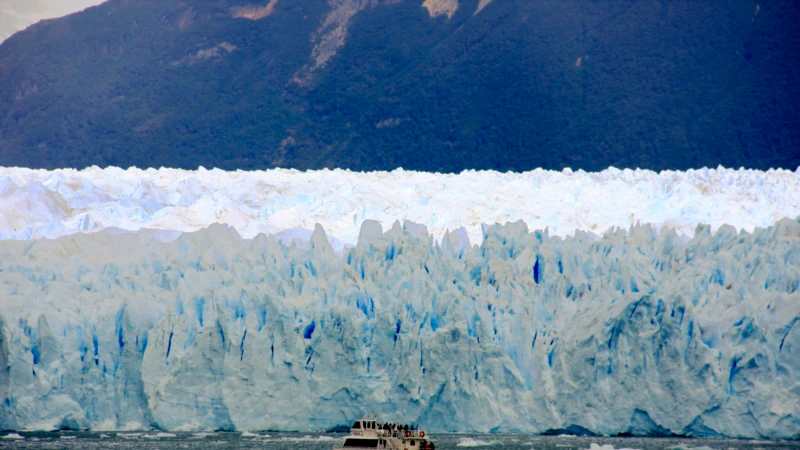Through satellite images translated into maps, researchers from various organizations are obtaining valuable information on the reduction of glaciers in South America, a phenomenon related to global warming that is causing concern.
Researcher Pablo Fusch explains the voice of america that “Andean countries such as Bolivia, Peru, Ecuador and Colombia, which are in the tropical region, have lost more than 40% of the area they had less than 30 years ago.”
A previous study from 2019 reflected that only a small part remained of the Pico Humboldt glacier, in the Sierra de Mérida, Venezuela. Finally, it was the first country in the region to be without glaciers.
In Bolivia, the Chacaltaya, which once had the highest ski slope in the world, at 5,400 meters, became extinct in 2010.
In addition, the 2.2 million inhabitants of La Paz, the capital of Bolivia, depend on melting ice for up to a third of their water supply in the dry months.
To understand the impact of the phenomenon, Olga Borja, a remote sensing analyst at the EcoCiencia Foundation and MapBiomas of Ecuador, makes a comparison.
“They are being reduced at a rate of approximately 28 square kilometers per year (…) that is the equivalent, for example, of two airports in the city of Quito,” Borja told the press. VOA.
Experts explain that the role of glaciers is crucial to cushion the rise in temperatures on the planet and guarantee the availability of water for populations.
“From the meltwater, the basins where food production areas and other economic activities such as tourism are located are fed,” Borja explained.
The 2019 study, published in the journal Nature Climate Changeshowed that the worst mass loss in the region occurred in the largest glaciers in Patagonia, with an average of 19.3 cubic kilometers of ice per year.
However, at the time the researchers said the retreat of glaciers in Ecuador, Peru and Bolivia was much less than expected.
The melting of glaciers is not only a problem in Latin America, but on a global scale. Another study published in February in the journal Nature Geoscience It showed that glaciers are shrinking around the world and contain less ice than previously calculated, although the results vary by region.
For example, the researchers determined that the Himalayas contained 37% more ice than had been recorded in previous studies, and the Andes 27% less.
Thus, if all the glaciers melted, excluding the large ice sheets in Greenland and Antarctica, ocean levels would rise about 10 inches instead of the previously projected 13 inches.
Although the panorama seems irreversible, there are actions that can be taken, says researcher Pablo Fusch.
“Agreements must be reached to reduce the emissions of these gases [invernadero]. There is a lot of resistance from some governments, but it is an urgent action, so we as citizens have to put pressure on it”, he maintains.
According to recent research, Bolivia lost 42.6%, Peru 41% and Ecuador 36% of tropical Andean glaciers in their extension.
* With information from Fabiola Chiambi, VOA journalist, from Bolivia.
Connect with the Voice of America! Subscribe to our channel Youtube and turn on notifications, or follow us on social media: Facebook, Twitter and Instagram.















Add Comment